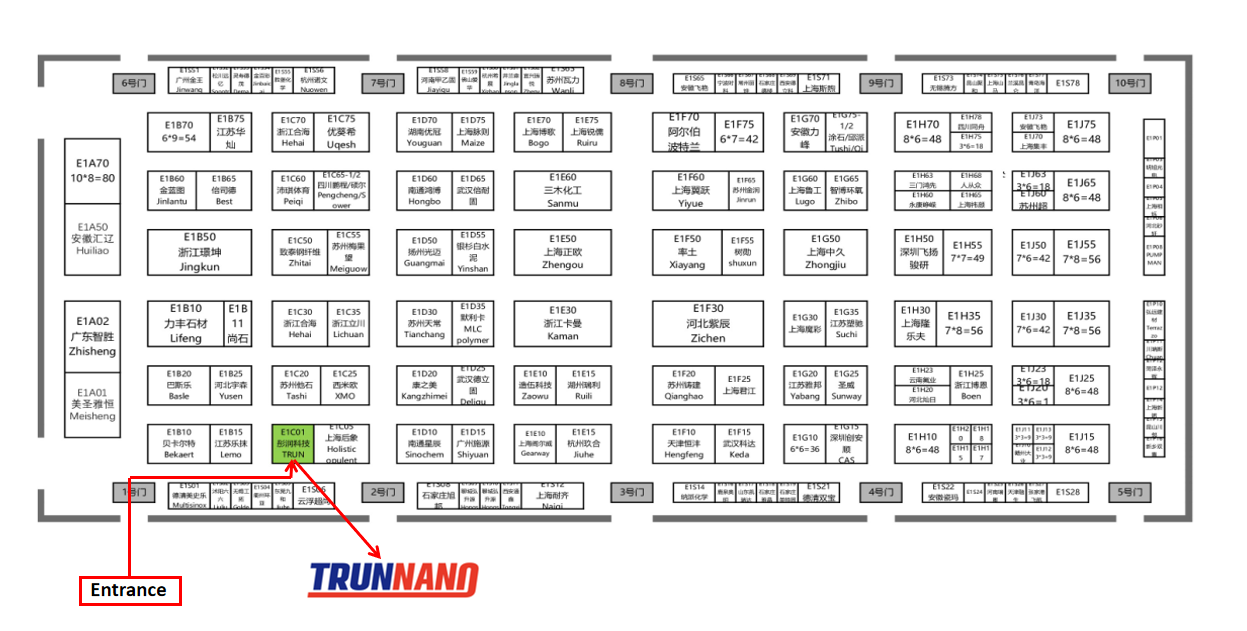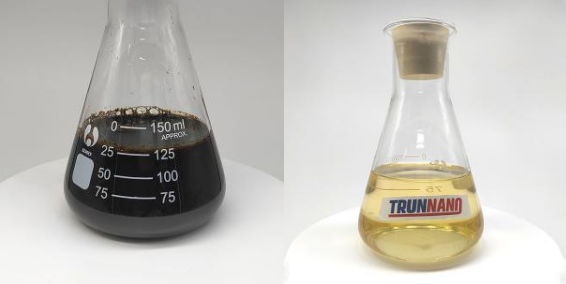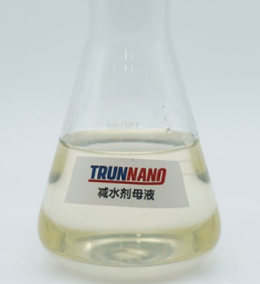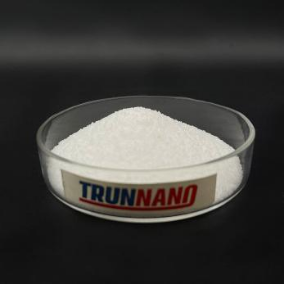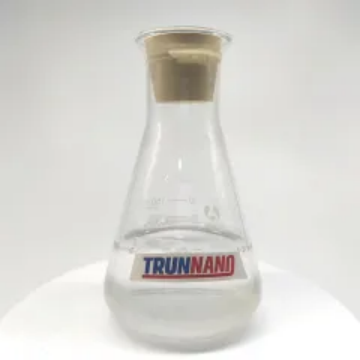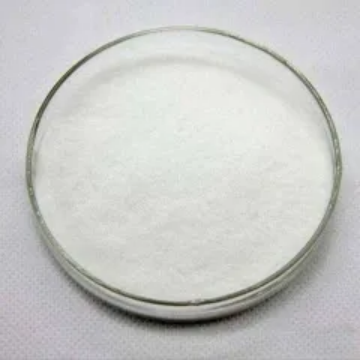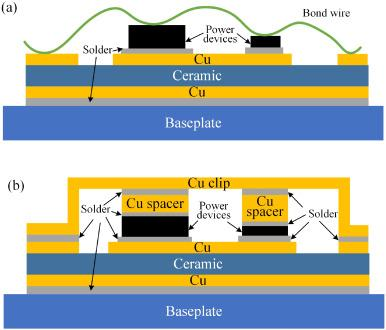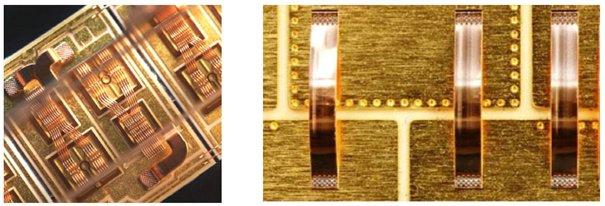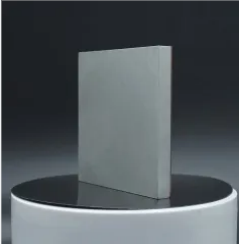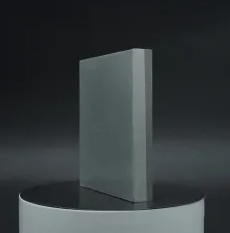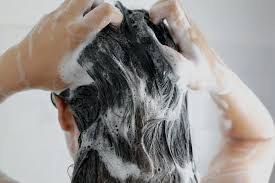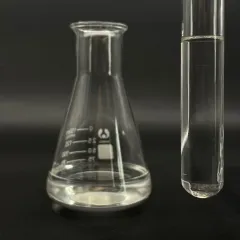TRUNNANO(Luoyang Tongrun) will participate in the WORLD OF CONCRETE ASIA 2024
From August 14th to 16th, the WORLD OF CONCRETE ASIA 2024 (WOCA) will certainly be held at the Shanghai New International Expo Facility, China. Luoyang Tongrun Details Technology Co., Ltd will join the exhibition( Booth Number: E1C01). The product will cover a variety of applications, such as concrete foaming representatives, polycarboxylate superplasticizers, and instantaneous sodium silicate powder, in order to discover even more business chances with brand-new and old clients.
(TRUNNANO Booth Number: E1C01)
1 . Company Basic Information
Luoyang Tongrun Details Modern Technology Co., Ltd is just one of the exhibitors of this exhibit. It is a thorough industrial company incorporating R&D, production, and sales. The primary items are concrete frothing agents, polycarboxylate superplasticizers, water-based mould-releasing agents, self-insulating block admixtures, and lightweight wall surface panel admixtures. TRUNNANO Technology is the source supplier of ingredients for the eco-friendly building energy-saving sector.
Luoyang Tongrun Nano Modern Technology Co., Ltd. has 35 workers. Through the constant advancement of new innovations and products, it has actually efficiently requested nine patents. In 2018, it was named a "high-tech business."
( TRUNNANO(Luoyang Tongrun) Logo)
2 . Business Basic Details
Item A: Concrete foaming agent
Concrete foaming agent is an additive that can reduce the surface area tension of liquid, create a multitude of uniform and secure foams, and be utilized to generate foamed concrete. TRUNNANO light-weight concrete team has launched 4 collection of high-performance lathering representatives (TR-A, TR-B, TRC, TR-D) that, combined with 14 years of experience in the industry, according to the different demands of the market, can fulfill different construction demands.
Concrete foaming agent is widely utilized in light-weight dividing boards, CLC blocks, backfill, etc
( TRUNNANO Concrete Foaming Agent)
Product B: Polycarboxylate Superplasticizer
Superplasticizer is a concrete admixture that can lower the water usage of blending under the problem of keeping the slump of concrete unmodified. Superplasticizer has a dispersing impact on concrete fragments, which can improve its working efficiency, reduce the water intake per unit, improve the fluidness of concrete mix, or reduce the amount of cement per unit, saving concrete. TRUNNANO superplasticizer is changed on its initial process to make sure that it can be well applied in frothed cement without defoaming.
( TRUNNANO Polycarboxylate Superplasticizer)
Polycarboxylate Superplasticizer is a concrete dispersant made use of in cement concrete. It is extensively made use of in freeways, bridges, dams, passages, skyscrapers and various other jobs.
Item C: Instantaneous Salt Silicate Powder
Instant sodium silicate is a white grainy product that can be liquified in water rapidly. It is an unique sort of effervescent alkali with the features of cool resistance, homogeneity, and very hassle-free usage, transport, and storage. Immediate sodium silicate is primarily used in refractory sintering agents, washing supporting representatives, dirt conditioners, ore clothing preventions, acid-resistant concrete ingredients, chemical grouting auxiliary agents, water treatment, and various other fields.
( TRUNNANO Instant Sodium Silicate Powder)
Instantaneous salt silicate is mainly made use of as a detergent aid in synthetic detergents, a quick-drying and enhancing agent for cement, a drill cuttings deposition representative for silicon-based drilling fluids, and an anti-expansion agent for mud shale
Item D: Liquid Lithium Silicate
Liquid lithium silicate is a colorless and clear water-soluble compound with excellent solubility and can be quickly and evenly distributed in water. Fluid lithium silicate has great cold resistance and stability.
( TRUNNANO Liquid Lithium Silicate)
Liquid lithium silicate can be utilized to prepare unique glasses and ceramics, which can improve the warm resistance and mechanical stamina of items; liquid lithium silicate can be used as a resources for advanced corrosion-resistant layers and securing materials in the structure products market; liquid silicic acid As one of the electrolyte components, lithium is made use of in the battery manufacturing sector to help boost the energy thickness and cycle security of lithium-ion batteries; as a catalyst or driver carrier, it advertises the effective conduct of specific chain reaction.
Product E: Instantaneous Potassium Silicate Powder & Liquid Potassium Silicate
Immediate potassium silicate powder and fluid potassium silicate are highly effective and multi-functional chemical products with outstanding water solubility and large range of industrial applications. The powder kind is white, soluble and easy to carry, supplying a stable remedy for refractory materials, metal anti-corrosion and farming improvement; while the liquid type shows greater versatility and environmental protection in the fields of concrete fortifying, water treatment and steel processing.
( TRUNNANO Instant Potassium Silicate Powder)
Potassium silicate is widely used in welding rod manufacturing, welding electrodes, glass industry to improve product efficiency, anti-corrosion layers, casting and agricultural soil renovation to improve crop resistance and top quality.
For more information, please visit: www.nanotrun.com (tech@nanotrun.com) .
Inquiry us [contact-form-7 id="26" title="tongrun-form"]
